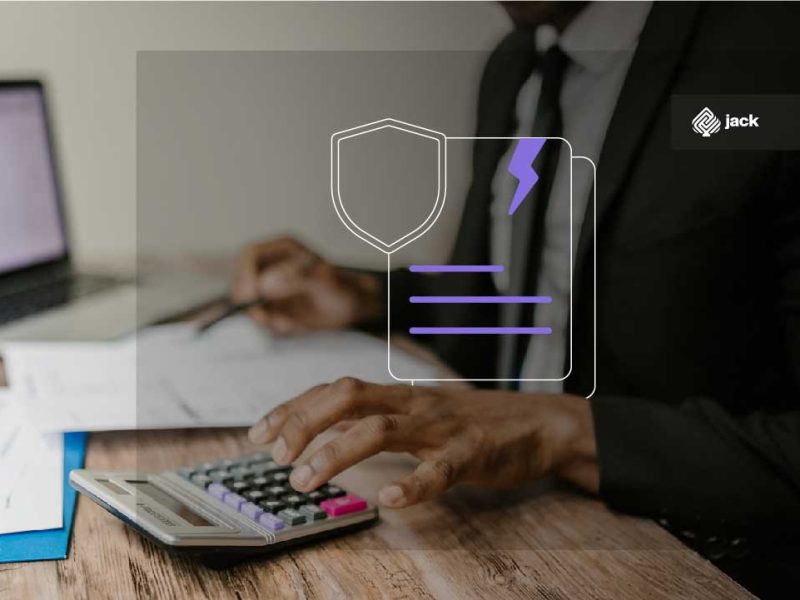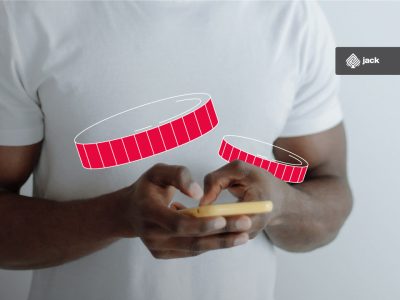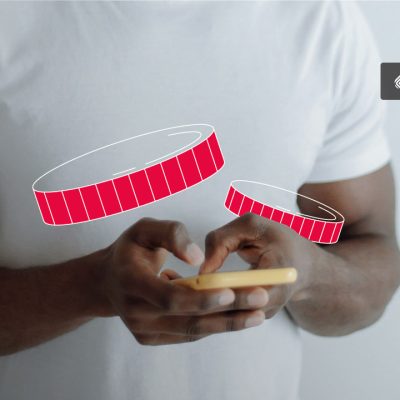The process of bank guarantee disbursement may seem challenging at first glance, primarily due to the mechanism involved, which is subject to various conditions.
The term ‘bank guarantee’ itself can be understood quite literally. In essence, a bank guarantee serves as a commitment declared by a commercial bank, where the bank assumes responsibility for the debtor.
This responsibility is realized in the form of fulfilling contractual obligations that have been established. The bank fulfills these obligations due to constraints faced by the debtor in meeting their commitments.
The fulfillment of this responsibility is mutually agreed upon by both the commercial bank and the customer, who is the debtor. However, the disbursement of this type of bank guarantee can be done under specific conditions.
Bank Guarantee Disbursement Conditions
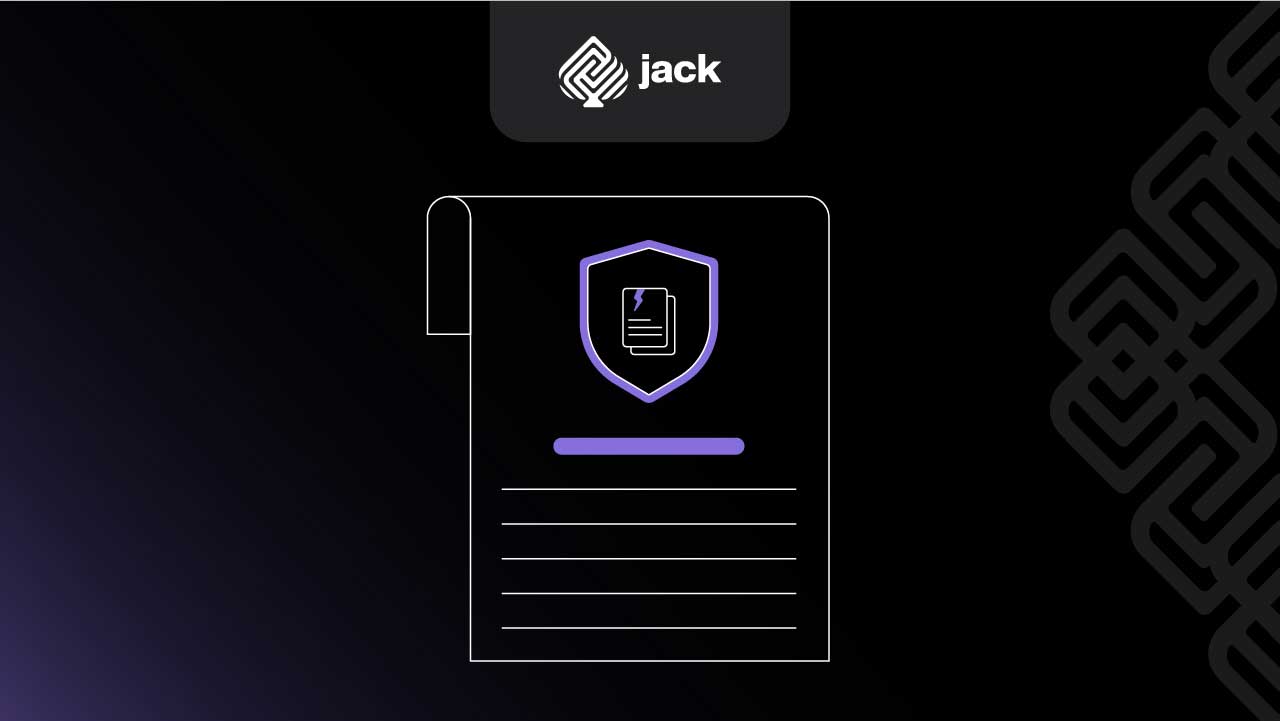
Here is a summary of the general conditions for the disbursement of bank guarantees from various banks in the country. The process can proceed smoothly if all requirements are met.
1. Nominal Clause
To file a claim with the guaranteeing bank for the payment of the customer’s debt, a claim needs to be submitted. Several conditions must be met by the customer for this claim to be approved by the bank. For instance, the nominal clause is related to the maximum amount payable by the bank. The payment by the bank must not exceed the customer’s credit limit.
2. Validity Period Clause
Next is the validity period clause, which tends to refer to the bank’s validity period. The customer or debtor can file a claim if it is done within the agreed-upon timeframe. If the claim is made outside the agreed-upon timeframe, it will not be approved. Therefore, pay close attention to the timeframe specified in the agreement with the bank.
3. Covenant Clause
Another requirement relates to the covenant clause, emphasizing certain conditions that the customer must fulfill for the claim to be approved. This is often related to collateral provided by the customer or debtor to the bank. For example, the sale of assets owned by the customer to the bank, prevents potential losses the bank might incur before making the payment.
4. Costs Clause
The cost clause is also a requirement for customers seeking to claim payment guarantees for their projects. As the name suggests, this clause is related to all costs that must be borne by the customer as the debtor.
5. Collateral Clause
Lastly, there is the collateral clause, emphasizing the counter-guarantee. In this case, the bank disburses an agreed-upon amount, covered by a counter-guarantee.
Bank Guarantee Disbursement Mechanism
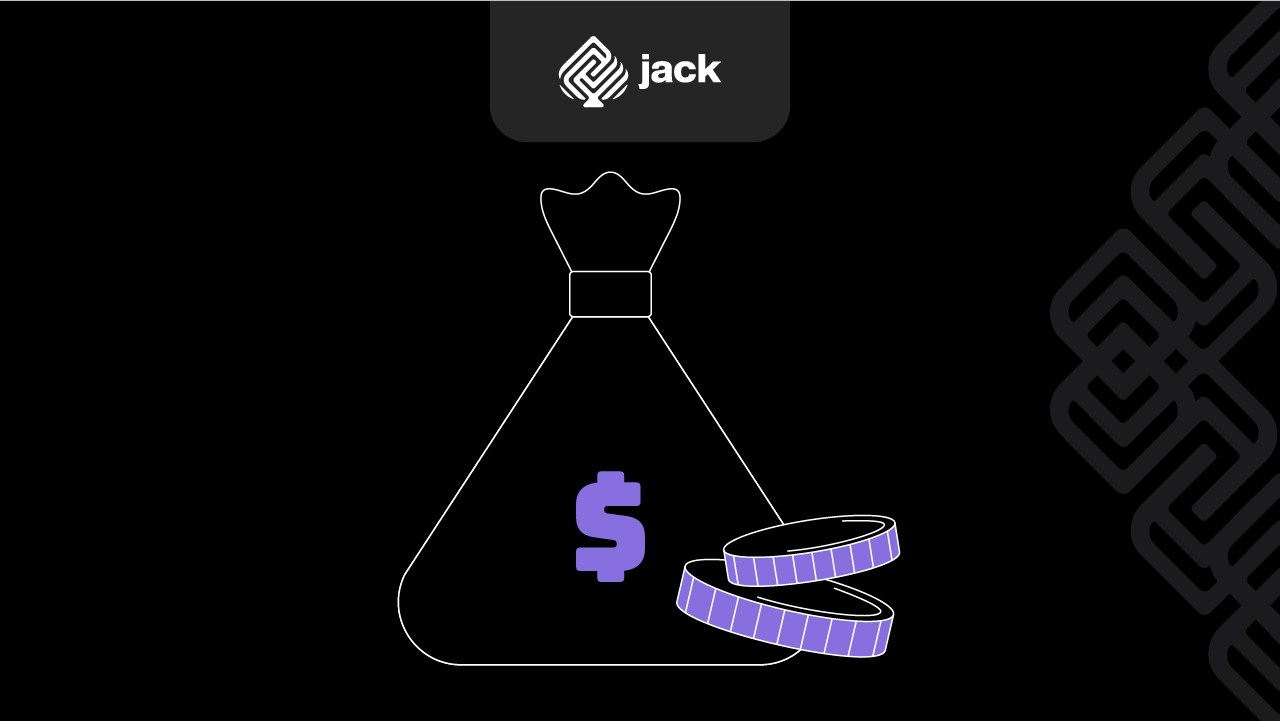
To facilitate the disbursement of a bank guarantee, customers must follow specific mechanisms, as outlined below.
1. Bank Statement Issuance
Disbursing a bank guarantee is not as complicated as imagined by customers. According to the agreement or understanding at the outset, the bank can make the guarantee payment. To receive payment from the bank, you, as the customer or debtor, need to submit a claim first.
This claim submission goes through a mechanism with several stages. In the first stage, when you are about to file a claim, you will receive a statement from the guaranteeing bank. This statement is usually in writing and is provided to the customer upon request. The bank has a responsibility to issue this statement to address the debtor’s obligations and debts.
2. Claim Submission
The process then continues to the claim submission stage. Before this, there will be an examination of all specified requirements. If all the requirements are met, you can then submit a claim to the bank. Claim submission can be done by sending a written request.
The written request includes the amount of the bill. This way, the customer’s debt amount can be known by the guaranteeing bank, which will fulfill the debtor’s obligations. The bank will check the authenticity of the claim submission made by the customer. If the check is completed, the bank will proceed with the payment process.
3. Bank Validation Process
Another aspect that any customer needs to be aware of is the validation process. Essentially, the document-checking process conducted by the bank continues with further validation. Once the validation is complete, the bank guarantee issuer proceeds with the payment.
The validation process at each bank may differ, although the differences are not usually significant. After validation, the guaranteeing bank will then proceed with the payment. It’s important to note that the time it takes for fund disbursement or payment can vary. If a non-local bank is used as the guarantor, the payment process may take longer.
Payment may also take an extended period if the project requiring payment from the guaranteeing bank is located overseas. Institutions located abroad will naturally require a considerable amount of time.
Use Jack for your business needs
The disbursement of a bank guarantee can now be realized with an agreement as the foundation or reference. This disbursement can serve specific functions and purposes. For example, providing assurance for the business and ventures undertaken by the customer. In this scenario, the customer acts as the debtor who can file a claim with the guaranteeing bank in case of obstacles hindering timely payments.

